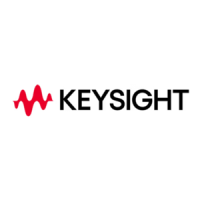Features and Functions
81150A and 81160A User’s Guide 125
3.2.17 Strobe Output
81150A: One strobe output for each channel is provided on the front-panel.
The strobe output signal provides different meanings depending on the
mode of operation.
81160A: The ‘Logical Strobe Signal’ is an internally generated signal that
can be routed to the BNC connector of Sync Out A or Sync Out B. For the
two channel instrument, the ‘Logical Strobe Signal’ is generated for both,
channel 1 and channel 2. See chapter 3.2.19 ‘Sync Output’ for more
details.
If no advanced mode is selected, the strobe output is a constant "Low
Level".
If Burst mode is enabled, the strobe output provides a signal
indicating the duration of a burst. The Strobe Out signal marks the
start and the end of each burst of waveforms generated. The rising
edge of the Strobe Out signal is synchronized to the start of the first
waveform period in a burst. The falling edge is synchronized to the
start of the last waveform period in the burst.
In sweep mode, the strobe output is a square waveform with 50%
duty cycle. The strobe signal goes high at the beginning of the
sweep.
In sweep mode with frequency marker ON, the Strobe Out Singal goes
high at the beginning of the sweep and goes low at the marker
frequency.
If modulation is enabled (AM, FM, FSK, PM, PWM), the Strobe Out
Singal is the analog modulation waveform.
The Strobe Out Level can be selected on the Trigger/Mode screen. To
display the Trigger/Mode screen press either the ., , or
key (depending on the trigger mode being used).
Then, press the Strobe Out softkey to choose from TTL/ECL/2V at Strobe
Out.

